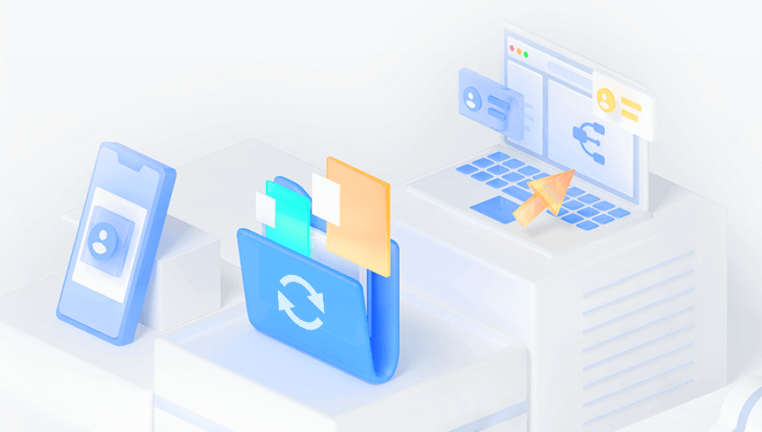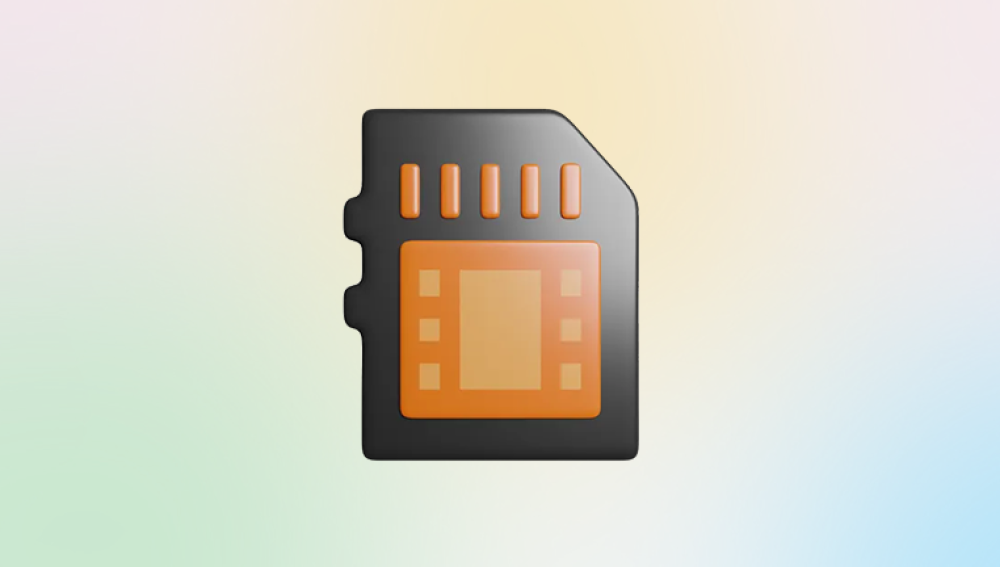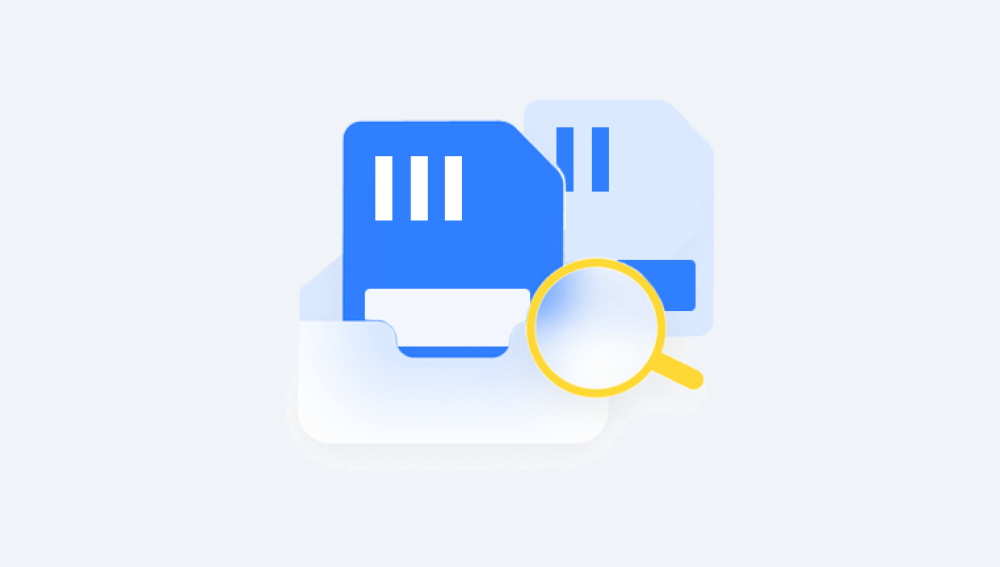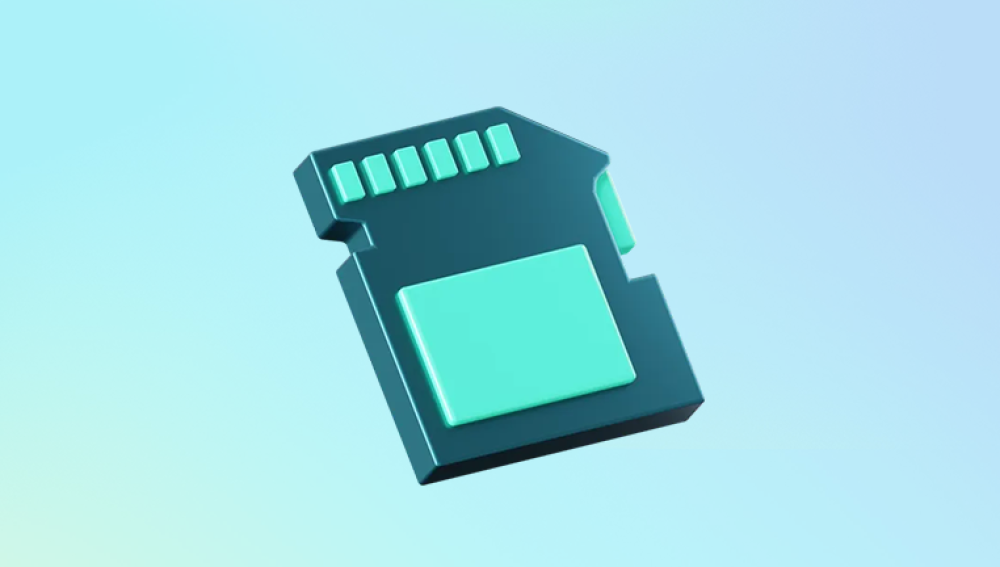These tiny storage devices pack a punch when it comes to capacity and portability. However, one downside is their vulnerability to corruption. An SD card can get corrupted due to improper removal, virus infections, power failures during file transfers, or even physical damage. When this happens, accessing the stored files can become a daunting task especially when they contain irreplaceable data such as family photos, work presentations, or academic projects.
The good news is that corrupted SD cards are not always lost causes. With the right tools and techniques, it's possible to retrieve data from a damaged card.
Common Signs of a Corrupted SD Card
Before diving into the recovery process, it's essential to confirm that the SD card is indeed corrupted. Here are the most common signs:

Files or folders are missing or appear as shortcuts.
The card isn't recognized by the computer or mobile device.
You get error messages like "The disk is not formatted," "SD card is not accessible," or "Please insert disk into drive."
Slow access or random file system crashes.
The device prompts you to format the card when inserted.
These symptoms can arise from different types of corruption—logical errors, file system damage, or bad sectors.
Common Causes of SD Card Corruption
Understanding what causes corruption can help you identify the best recovery strategy:
Improper ejection/removal from devices
Virus or malware infection
Power outages during file transfer
Physical damage due to bending, exposure to moisture, or heat
Low-quality or counterfeit SD cards
Overuse and aging (limited write cycles)
Unsupported file systems between different devices
Immediate Steps to Take
Once you suspect that your SD card is corrupted:
Stop using the SD card immediately. Avoid writing new data, which could overwrite recoverable files.
Do not format the SD card, even if prompted. This can further complicate recovery.
Safely remove and reinsert the card into the same or a different reader to rule out simple connection issues.
Try accessing it using different devices (laptop, camera, smartphone).
If these initial steps fail, proceed with the recovery methods detailed below.
Method 1: Use a Different Card Reader or USB Port
Sometimes, the problem isn’t with the SD card itself but with the card reader or USB port. Before jumping to more advanced methods, try this:
Insert the SD card into a different reader.
Connect the reader to a different USB port on your computer.
Try reading the card on another computer.
If the card becomes accessible, immediately copy all files to a safe location.
Method 2: Use Windows Error Checking Tool
Windows has a built-in tool to fix file system errors that might be causing the corruption.
Steps:
Insert the SD card into the card reader and connect it to your PC.
Go to This PC > Right-click on the SD card > Properties.
Click on the Tools tab.
Under Error Checking, click Check.
Let Windows scan and fix any issues it finds.
After completion, try to access your files. If successful, back them up immediately.
Method 3: Assign a New Drive Letter
Sometimes, the system fails to assign a drive letter to the SD card, making it inaccessible.
Steps:
Press Win + R, type diskmgmt.msc, and press Enter.
Find your SD card in the list.
Right-click on it and choose Change Drive Letter and Paths.
Click Add (or Change) and assign a new letter.
Click OK.
Check if the card becomes accessible with the new letter.
Method 4: Use CHKDSK to Repair Logical Errors
CHKDSK is a Windows command-line utility that scans and fixes file system errors.
Steps:
Connect the SD card to your PC.
Open Command Prompt as Administrator.
Type:
bash
CopyEdit
chkdsk X: /f
Replace X with your SD card’s drive letter.
Press Enter and wait for the process to finish.
If successful, CHKDSK will fix errors and recover readable files.
Method 5: Use Data Recovery Software
Drecov Data Recovery
Drecov Data Recovery is designed to scan your SD card deeply, detecting and restoring lost or inaccessible files even when the card is unreadable or shows errors like “The disk is not formatted” or “Drive not accessible.” Its intuitive interface makes it suitable for both beginners and advanced users.
To begin, simply connect your SD card to your computer, launch Drecov Data Recovery, and choose the corrupted card from the device list. The software will perform a comprehensive scan, allowing you to preview recoverable files before restoring them. You can recover images, videos, documents, audio files, and more safely and efficiently.
Method 6: Recover Files from a Formatted SD Card
If you accidentally formatted the card, recovery is still possible provided you haven’t added new data.
Use tools like PhotoRec, EaseUS, or Wondershare Recoverit to perform a deep scan and recover files from the unallocated space.
Method 7: Check for Hidden Files
Sometimes files aren’t lost but hidden due to malware or file system errors.
Steps:
Open Command Prompt.
Type:
bash
CopyEdit
attrib -h -r -s /s /d X:\*.*
Replace X with your SD card’s letter.
Press Enter.
This command unhides files and folders, restoring visibility to otherwise hidden data.
Method 8: Use a Professional Data Recovery Service
If your SD card is physically damaged or unreadable by any recovery tool, professional help may be required. Data recovery services use specialized tools in controlled environments to retrieve data from even severely damaged media.
Pros:
High success rate.
Can recover data from broken or water-damaged cards.
Cons:
Expensive.
May take several days.
Trusted Services:
DriveSavers
Ontrack
Secure Data Recovery
Before choosing a service, check their reviews and success policies.
Precautions After Recovery
Once you've recovered your files, take these steps to prevent future SD card corruption:
Always eject the card properly using "Safely Remove Hardware."
Avoid using the same card across multiple devices, which can cause file system conflicts.
Do not remove the card while files are being transferred.
Use high-quality, branded SD cards from trusted manufacturers.
Backup important files regularly to a separate device or cloud storage.
Scan your card periodically with antivirus software to remove malware.
When to Format and Reuse the Card
If you've successfully recovered your files and confirmed there is no physical damage, it may be possible to reuse the SD card by formatting it. This helps fix logical issues and restore the card to a clean state.
How to Format:
Insert the SD card.
Open File Explorer > Right-click the SD card.
Select Format.
Choose FAT32 or exFAT, depending on your device requirements.
Check Quick Format and click Start.
Only reuse the card if it functions normally after formatting. If corruption issues persist, it's safer to replace it.
Tips for Long-Term SD Card Health
Avoid filling the card to full capacity. Leave at least 10% free space.
Keep SD cards away from heat, moisture, and magnetic fields.
Use SD card readers that support the card’s class and speed.
Replace aging cards after extensive usage.
Label cards and organize usage (e.g., one card per camera or event).




